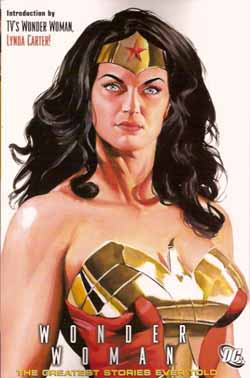
By various (DC Comics)
ISBN 1-84576-599-0
The Amazing Amazon finally gets her own volume in this generally excellent series, and although long-time fans may be disappointed that so much contained herein has been reprinted before – and often – it is a good sampling for casual and new readers to start their comic book addiction with.
The mandatory origin is taken from 2001’s graphic album Wonder Woman: Spirit of Truth, by Paul Dini and Alex Ross. Hidden from the eyes of man a race of immortal superwomen has prospered in all fields of science and art, secure in their isolation and the protection of their Hellenic Gods. This all ends when planetary war forces US air-force pilot Steve Trevor down on their secluded home. Nursing him, Diana, young daughter of the queen – I know there’s no men, but don’t ask, just read the book – falls in love, and determines to return with him to ‘Man’s World’ to fight evil and be near him.
Following from that is the character’s second ever appearance from Sensation Comics #1 (January 1942). Popular psychologist William Moulton Marston and artist Harry G. Peter tell the tale of how the Amazon Princess returns wounded aviator Trevor to the modern world and chooses to adopt a human identity to be near him in ‘Wonder Woman Comes to America’. ‘Villainy Incorporated!’ by the same team comes from 1948 (Wonder Woman #28), an epic-length tale of revenge as eight of her greatest enemies escape from Transformation Island where they were imprisoned, seeking the Amazons destruction.
Another team with long experience of our heroine is writer Robert Kanigher and artists Ross Andru and Mike Esposito. Their work is represented here by ‘Top Secret’ (Wonder Woman #99, 1958) as Steve tries to trick her into marriage – something the creep tried a lot back then – and ‘Wanted – Wonder Woman’ (issue #108, 1959), as flying Saucer aliens frame our heroine for heinous crimes as a precursor to a planetary invasion. In the mid 1960s attempts were made to boost the sales and profile of the heroine and Kanigher, Andru and Esposito began recycling the stories and style of Marston and Peter. From that period comes ‘Giganta – the Gorilla Girl’ (Wonder Woman #163, 1966), when an evolutionary experiment transforms a great Ape into a seven foot tall blonde with the hots for Steve.
Huge changes were in store for Princess Diana. With the arrival of Mike Sekowsky and young scripter Denny O’Neil the Amazon would lose her powers and become an Emma Peel/Modesty Blaise -like character fighting evil with nothing but her wits, martial arts and the latest Carnaby Street oufits. From Wonder Woman #178 (1968) comes ‘Wonder Woman’s Rival’ the prequel to that big change and the new team’s first work on the character in a tale of blackmail, murder – and fashion!
Eventually our heroine regained her powers and petitioned to rejoin the Justice League of America. She set herself twelve tasks to prove her worthiness and asked for a different JLA-er to monitor each one. Wonder Woman #212, 1974 featured her saving the world from nuclear Armageddon with Green Lantern along for the ride. ‘Wish Upon a Star’ is a relatively thrill-free romp courtesy of Elliot Maggin, but has lovely art from Curt Swan and Phil Zupa.
Robert Kanigher returns for the sentimental but endearing ‘Be Wonder Woman… And Die’ (Wonder Woman #286, 1981), illustrated by Jose Delbo and Dave Hunt, as much the tale of a dying actress as the mighty superheroine.
After the Crisis on Infinite Earths maxi-event of 1985, Wonder Woman was re-imagined for the post-crisis DC universe, and her comic series started again from #1. From the twentieth issue of that run comes ‘Who Killed Myndi Mayer’ (1988) by writer/artist George Perez, and inked by Bob McCloud, an intriguing, if heavy-handed, crime mystery surrounding the shooting of wonder woman’s publicist.
The volume ends with a pretty but slow day-in-the-life tale as Lois Lane interviews the heroine and cultural ambassador to Mans’s World during a typical day, providing readers with valuable insights into the heroine and the woman. ‘She’s a Wonder’ (Wonder Woman #170 – Second Series, 2001) is written and drawn by Phil Jimenez with inks from Andy Lanning and seems like a cosy way to wrap up this first volume.
Wonder Woman is a world figure of comic fiction, and looks set to remain one. This unchallenging collection might not be her best material but it is a solid representation of what gave her such fame.
© 1942, 1948, 1958, 1959, 1966, 1968, 1974, 1981, 1988, 2001, 2007 DC Comics. All Rights Reserved.
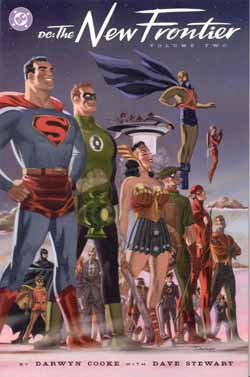 Â
 
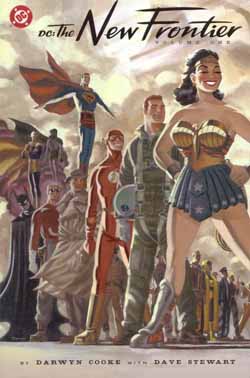 Â
 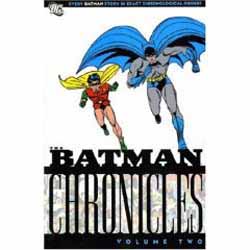 Â
 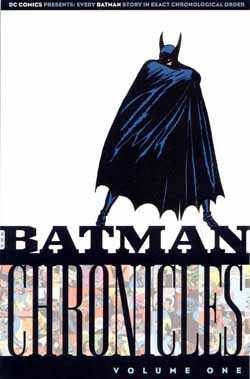 Â
 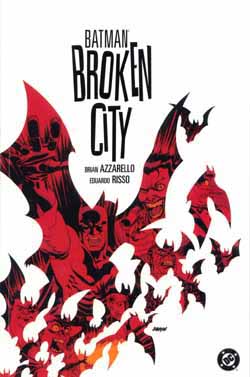 Â
 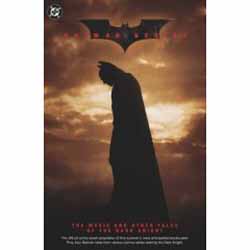 Â
 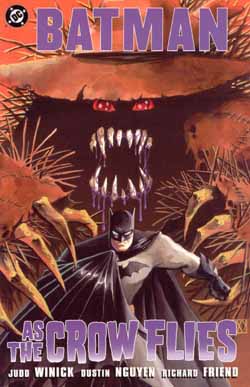 Â
 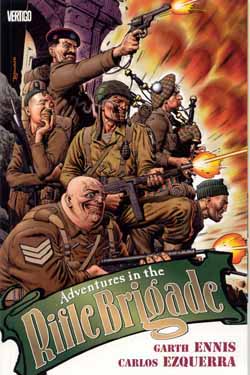 Â
 
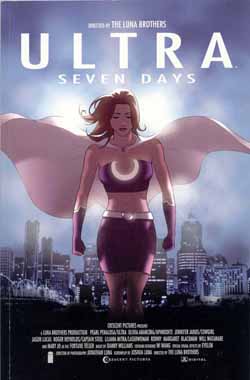 Â
Â